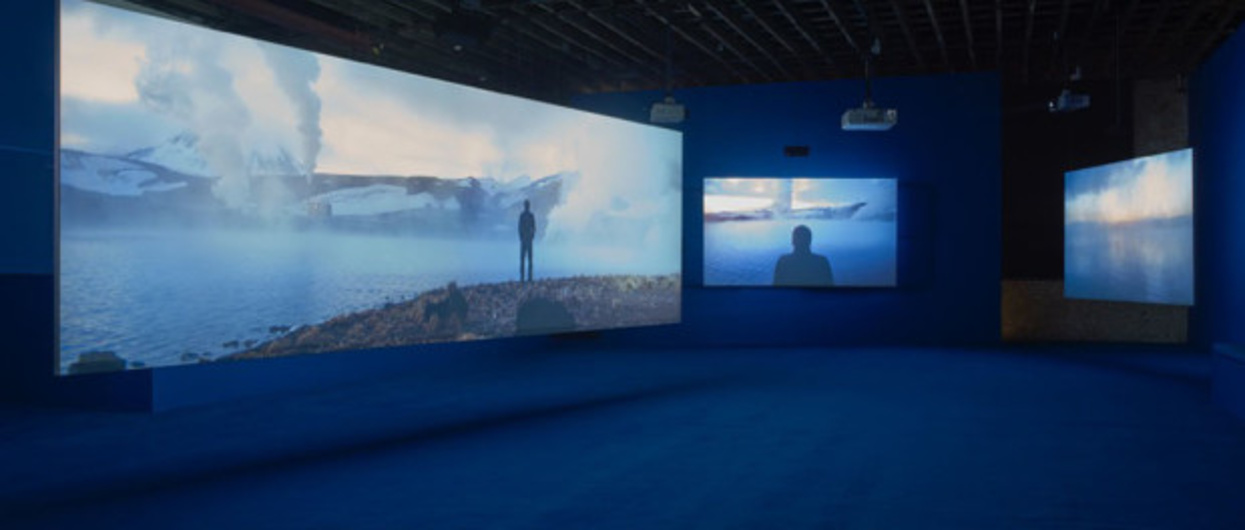Collecting the Uncollectible

Updates
Read the Revisited post of this event here.
Original post
Please note: All lectures will commence at 6:30pm in the BAMPFA Theater. Doors will open at 6:00pm, seating on a first come, first served basis. Please arrive early to ensure a seat.
Since the 1960s, artists have been actively working with film and video, and media art has become one of the most important forms of contemporary art over the last twenty years. So why is media art still so rarely collected by private collectors and museum curators?
Based in San Francisco and Napa, the Kramlich Collection is recognised internationally as one of the most pioneering and important collections of media art in the world. With over 150 film and video installation artworks from the mid-1960s to the present, the Collection offers a uniquely valuable historical survey of the importance of the moving image and audiovisual media in contemporary art over the last fifty years.
Acquiring their first media artwork in 1987, “The Way Things Go” by Fischli and Weiss, during the artwork’s first presentation at Documenta 8 in Kassel, Pamela and Richard Kramlich have continued to focus their interest on media artworks which creatively engage with the social, cultural and personal experiences of contemporary life. Early collectors of artists who went on to define the field of media art, the Kramlich Collection includes major installations by artists such as Doug Aitken, Matthew Barney, Dara Birnbaum, Janet Cardiff, James Coleman, Stan Douglas, Joan Jonas, Isaac Julien, William Kentridge, Pierre Huyghe, Steve McQueen, Shirin Neshat, and Bill Viola.
In 1997, the Kramlichs established the New Art Trust, a non-profit to advance the field of media art in the areas of installation and conservation. Matters in Media Art (www.mattersinmediaart.org) was an early initiative and recently published a new report on Digital Preservation as a collaborative project between SFMOMA in San Francisco, The Museum of Modern Art, New York, and the Tate in the UK, the three museums who are supported by the New Art Trust. In the last two decades, over thirty major artworks have been acquired and donated by the Kramlichs to the New Art Trust to benefit the three institutions.
In conversation with Larry Rinder, Director of BAMPFA, Pamela and Richard Kramlich will speak about their experiences collecting media art since 1987. They will share some of the lessons they have learned, and explain why they are more excited than ever about the importance and future of media art.
Pamela Kramlich graduated in Art History from the University of California at Berkeley University, and mains an active involvement in contemporary art through the ongoing acquisition and loan activities of the Kramlich Collection. In addition, she is Chairman of the New Art Trust, San Francisco; Member of the Board of Trustees and Member of the Committee for Media Art at SFMOMA, San Francisco; Member of the Media and Performance Committee at MoMA, New York; Member of the Advisory Committee at the Manetti Shrem Art Museum at UC Davis, Davis, California; Member of the Tate International Council; Member of the National Board of Trustees at the Walker Art Center, Minneapolis.
C Richard Kramlich graduated from Northwestern University and Harvard Business School and is the Chairman and Co-Founder of New Enterprise Associates Management Company, an international venture capital firm. In addition, Dick Kramlich is Chairman and General Manager of Kramlich Investment Company Co-Invest; Director Emeritus of the Board, SVB Financial Group and Silicon Valley Bank; Director of several public and private corporations; and former Chairman of the National Venture Capital Association.
ALL SEATS ARE AVAILABLE ON A FIRST-COME, FIRST-SERVED BASIS.
Berkeley’s Art, Technology, and Culture Colloquium is an internationally recognized forum for presenting new ideas that challenge conventional wisdom about art, technology, and culture. This series, free of charge and open to the public, presents artists, writers, curators, and scholars who consider contemporary issues at the intersection of aesthetic expression, emerging technologies, and cultural history, from a critical perspective.
